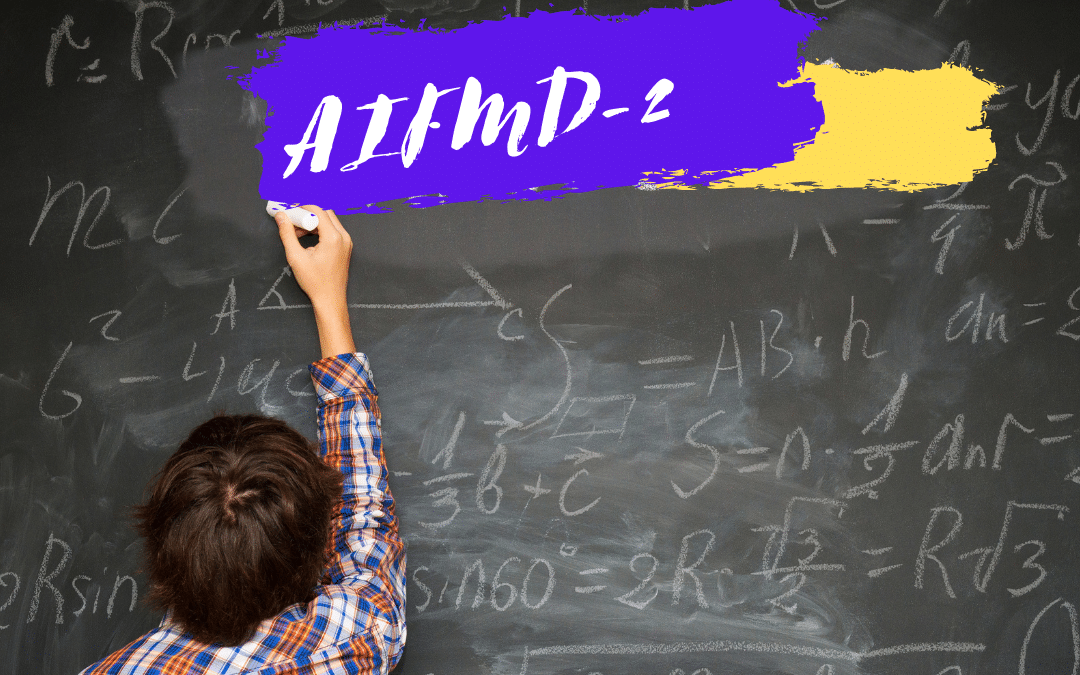What is AIFMD 2?
AIFMD is the Alternative Investment Fund Managers Directive 2.
The original (or first) AIFMD was implemented in 2013 and the European Commission indicated the need for a supplementary AIFM Directive (AIFMD 2) which was concluded 6 years later. A two-year implementation period began on 2 August 2019. This means that all EU member states will be required to apply the new rules at national level over a period of two years which means that the rules will apply fully across Europe from 2 August 2021. The key provisions of AIFMD 2 relate to re-marketing and reverse solicitation of alternative investment funds in Europe.
What is changing?
Historically AIFMD only regulated marketing of AIFs to investors. It did not regulate pre-marketing. Different member states interpret these two concepts differently. As a result, an activity in one member state today may be regarded as merely pre-marketing (i.e. not triggering the AIFMD rules) but may be treated as marketing activity in another member state thereby triggering the AIFMD rules. As a result, the point at which a local regulator should be notified or the requirement to register a fund with a local regulator arises, varies, sometimes hugely, from jurisdiction to jurisdiction. AIFMD 2 seeks to harmonise the position across all member states and in an ideal world it will remove these differences.
In summary, AIFMD 2 extends pre-marketing activities to include an AIF which is established but not yet notified for “marketing” (as defined by AIFMD). This is an important improvement, allowing pre-marketing even after the fund vehicle has been legally established. Secondly, pre-marketing from implementation of AIFMD 2 can be made on the basis of a draft PPM/LPA where it carries the required “health warnings” making it clear that it is not an offer or invitation to subscribe and cannot be relied upon.
How will it work?
In order to take advantage of the pre-marketing changes the AIFM will need to notify its home member state regulator of pre-marketing activities within two weeks of their commencement. This will be more formalised than current requirements in those member states with a liberal interpretation of marketing but will avoid having to make pre-marketing notifications in multiple jurisdictions.
Is this all AIFMD 2 does?
No, there are interesting implications for reverse solicitation. The final text of AIFMD 2 retains a provision from earlier drafts. The provision, in effect, means that any subscription by an investor in relation to an AIF, which has been the subject of pre-marketing, is considered to result from “marketing” and notification/registration shall be required accordingly. In theory this now lays to rest any residual argument about whether there has been reverse solicitation of an investor to whom there has been promotional activity of a pre-marketing nature so that this is definitely not possible.
A word of caution, however. There is still a contentious provision in the final version of AIFMD 2. This provision indicates that when a subscription takes place within 18 months of the AIFM beginning pre-marketing it will be deemed to have resulted from marketing. It remains unclear, though, whether the restriction applies to each investor, to each country or across the whole EU.
One interpretation of the provision would imply that if you start pre-marketing in one country that puts all EU investors out of bounds for the next 18 months as regards the possibility of reverse solicitation. This view means that even if as a factual matter another investor genuinely approached a manager entirely on its own initiative that enquiry would be caught within the pre-marketing “regime”. Another interpretation would imply that it only makes a impossible at that time to reverse solicit investors in the country in which the pre-marketing took place.
This uncertainty has been seen by some commentators as the “near-death” of reverse solicitation in the EU for AIFs. If, however, the restriction is to be looked at only on an investor-by-investor basis (which can also be argued based on the text of AIFMD 2) that would clearly be a more favourable outcome. What is not clear is whether regulators will adopt the second, more helpful approach.
Does AIFMD 2 apply to Non-EU AIFMs?
AIFMD 2 appears initially to apply only to pre-marketing by EU AIFMs, but not to non-EU AIFMs. The approach to pre-marketing by Non-EU AIFMs therefore remains within the discretion of member states. Recital 12 to AIFMD 2, however, states clearly that complying with the new rules should not disadvantage EU AIFMs over non-EU AIFMs. This suggests that regulators will probably apply the same definition of pre-marketing to non-EU AIFMs as well. It is not clear how the overall procedure would work for a non-EU AIFM. AIFMD 2 presupposes that the AIFM is regulated in the EU and that its home regulator will take care of the process of notifying the other EU regulators in the countries where pre-marketing will be undertaken. As a result, the position for Non-EU AIFMs will need to be determined based on the specific home jurisdiction.
Brexit
The UK has left the EU and its transition period is currently due to cease before the 2 August 2021 date for implementation of AIFMD 2 into national laws. Whether the UK will adopt equivalent provisions at this time remains unknown as it is bound up with the ongoing political debate in the UK around whether a close relationship with the EU is desirable or not.
Date Produced: 19 October 2020

Verena Charvet MBA,
Managing Director at Merlys Consulting
Connect: https://www.linkedin.com/in/verenacharvet/
Email: verena.charvet@merlys.uk
Contact/Call us at Merlys | +44 (0)20 7821 0191
Follow us: Merlys: https://www.linkedin.com/company/merlys/
Website: www.merlys.uk
This briefing note is intended to act as general guidance. Merlys is happy to assist with any aspect of the content in this article, as it relates to your business.
